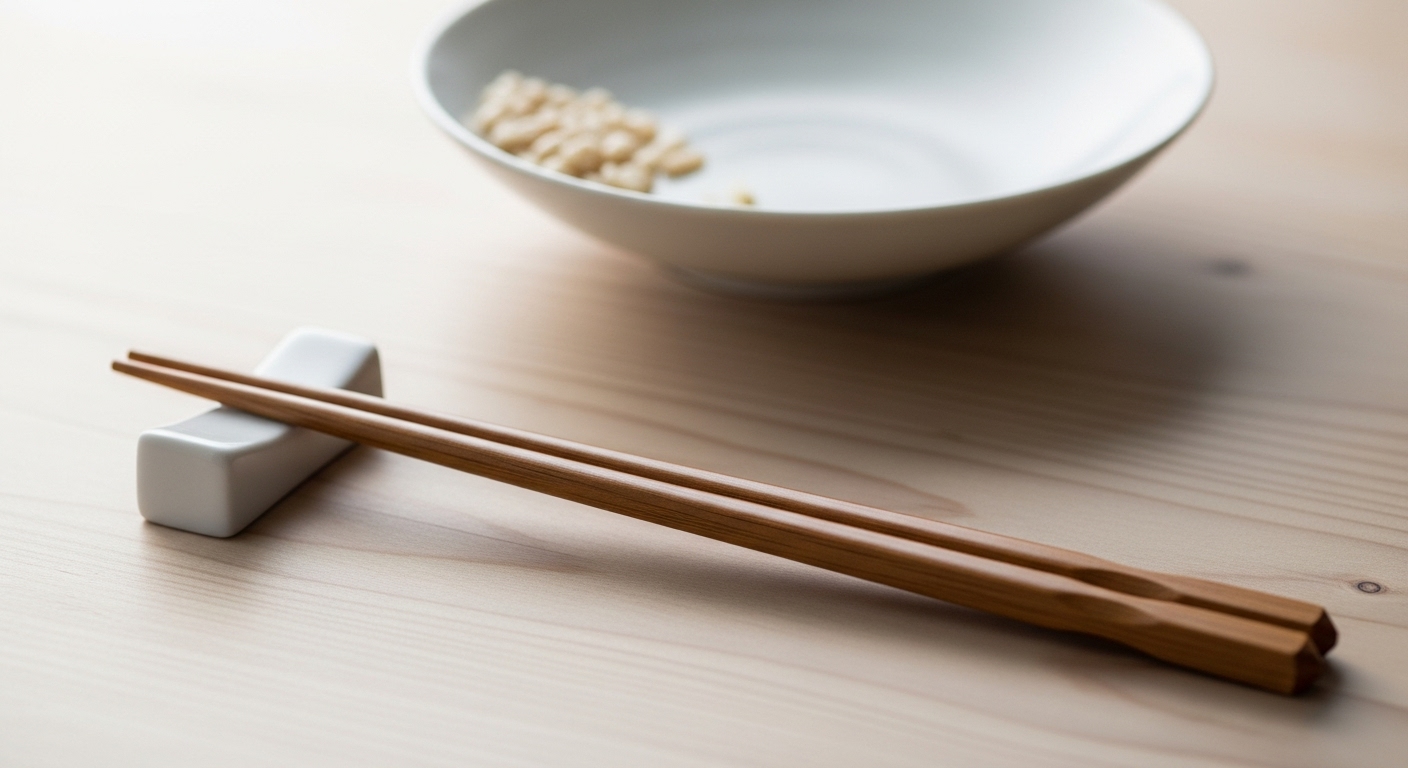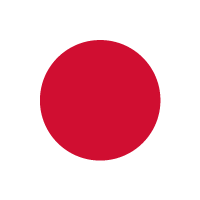
“How should I hold chopsticks?” “What are the things I shouldn’t do?” — Many international visitors find themselves puzzled when dining in Japan. In sushi restaurants or traditional inns, even small gestures can change the impression you make. Actions such as sticking chopsticks upright, licking them, or passing food directly between chopsticks are considered cultural taboos. This guide explains the proper way to hold and place chopsticks, why certain actions are offensive, and how to create a polite impression while enjoying authentic Japanese dining. Understanding this etiquette will make your mealtime smoother and far more memorable.
What Is Chopstick Etiquette? Basic Rules and Cultural Meaning
In Japan, chopstick etiquette isn’t just about eating correctly — it reflects centuries of culture and respect. The way you handle your chopsticks shows consideration for others at the table. Many travelers unintentionally offend locals simply because they are unaware of these customs. In restaurants and ryokans (Japanese inns), how you use your chopsticks can greatly affect how people perceive you. Learning the basic rules before your trip helps you avoid misunderstandings and enjoy meals with Japanese hosts more comfortably. Practicing a little before your visit is highly recommended.
How to Hold and Use Chopsticks Properly for Beginners
Holding chopsticks may seem tricky at first, but once you learn the finger positions, anyone can master it quickly. In Japan, people who handle chopsticks neatly are often seen as polite and well-mannered — an impression that matters during your trip. For beginners, using training chopsticks is a great way to practice. They’re affordable and help you correct your grip naturally. The key is to move them lightly without squeezing too hard. Avoid shaking your chopsticks or pointing with them — these are considered bad manners.
Good Chopstick Etiquette: Polite Gestures That Impress in Restaurants
Knowing how to use chopsticks correctly leaves a respectful and refined impression when dining in Japan. Before eating, place your chopsticks neatly on the rest, and use them quietly without clattering dishes. These small details are highly valued. Following such basic manners helps make every meal smoother and more enjoyable. It’s also worth practicing beforehand — training chopsticks cost little but make a big difference. As a rule of thumb, try to match the eating pace of others around you to maintain harmony at the table.
You might be interested in this
Common Chopstick Mistakes to Avoid: What Not to Do in Japan
There are several actions that are strictly avoided at Japanese tables. Sticking chopsticks upright in rice, licking their tips, or stabbing food are all considered disrespectful because they resemble funeral rituals or show poor manners. Passing food directly from one pair of chopsticks to another is also taboo. These customs are deeply rooted in Japanese culture and can be sensitive for locals. Many visitors make these mistakes unknowingly, so it’s best to learn about them beforehand. A little awareness can prevent awkward moments and help you enjoy your dining experiences confidently.
Three Major Chopstick Taboos in Japan You Should Never Do
When dining in Japan, there are three common chopstick mistakes to watch out for: standing them upright, licking them, and passing food from one pair to another. Sticking chopsticks upright reminds Japanese people of funeral rituals, licking them is considered unhygienic, and passing food directly resembles how bones are handled at cremation. These habits often happen unconsciously among foreign visitors but are viewed as serious etiquette breaches. Learning the reasons behind these taboos helps you avoid cultural misunderstandings and leaves a good impression at restaurants or ryokans. Before your trip, it’s a good idea to practice using chopsticks correctly with an inexpensive training pair.
Proper Way to Place and Pass Chopsticks in Japanese Dining
In Japan, even how you place or hand over chopsticks has its own etiquette. Never rest your chopsticks directly on the table during a meal—use a chopstick rest instead. It’s also considered rude to hand food to someone directly with your chopsticks. In formal places such as sushi restaurants or traditional inns, these small details can shape the impression you make. Studying illustrated guides or photo examples before your visit is highly recommended. Good manners require no extra cost, but they build trust and show respect for Japanese culture.
How Japanese People Perceive Poor Chopstick Manners
For Japanese people, chopstick etiquette reflects upbringing and respect for others. Roughly handling chopsticks, licking them, or standing them upright may unintentionally appear disrespectful. In refined settings like sushi bars and ryokans, subtle gestures speak volumes about character. Even for international travelers, demonstrating an understanding of these cultural details leaves a positive, lasting impression. By paying attention to these points, you can enjoy a smoother and more pleasant dining experience in Japan.
Chopsticks vs. Forks: Understanding Japan’s Unique Dining Culture
Chopsticks differ from forks not only in use but in philosophy. While a fork pierces food, chopsticks gently pick it up, reflecting Japan’s deep respect for ingredients and craftsmanship. This delicate handling is rooted in appreciation and mindfulness toward the meal itself. Though it may feel unfamiliar at first, a small change in awareness can make your dining experience far more authentic. Practice using chopsticks before your trip—it’s an inexpensive and enjoyable way to experience Japanese culture firsthand.
How to Practice Proper Chopstick Etiquette Before Your Trip
If you’re new to using chopsticks, it’s easy to make cultural mistakes without realizing it. Practicing basic techniques before your trip will make you more confident when eating in restaurants or ryokans. Try using a pair of non-slip training chopsticks and practice a few minutes each day. They’re affordable and help you develop natural, elegant movements. Focus on the right finger placement and light pressure—mastering these fundamentals early prevents bad habits later.
FAQ for Travelers: Common Questions About Chopstick Etiquette
Chopstick manners often confuse first-time visitors to Japan. Travelers frequently ask questions such as “Can I place my chopsticks directly on the table?” or “Is it okay to eat sushi with my hands?” Mistakes like licking or standing chopsticks upright are also quite common. Learning the basic rules beforehand will help you avoid these missteps. Keep these tips in mind and practice with training chopsticks—the smallest effort can greatly improve how locals perceive you.
Why Knowing Chopstick Etiquette Makes Traveling in Japan Easier
Understanding Japanese chopstick manners makes dining experiences smoother and more enjoyable. You’ll not only feel confident in restaurants and inns but also leave a polite impression on the people around you. Practicing beforehand costs almost nothing and helps beginners feel at ease. With proper etiquette, you can avoid awkward moments, enjoy authentic Japanese cuisine, and deepen your appreciation of the culture—turning every meal into a meaningful memory.
Complete Chopstick Etiquette Checklist for Dining in Japan
Mastering chopstick etiquette helps you avoid unintentional mistakes at Japanese tables. Learn the fundamentals—how to hold, place, and use chopsticks properly—and stay mindful of common taboos such as standing or licking them. In formal settings like sushi restaurants or ryokans, attention to detail matters most. Keep a quick checklist of these rules before your trip. A few minutes of practice can go a long way toward building confidence, showing respect, and enhancing your overall travel experience.

 日本語
日本語 中国語
中国語 Español
Español